This Low Carb Peanut Sauce is creamy, zesty, and just the right amount of nutty with a hint of spice. Whip it up in minutes with simple pantry ingredients for the perfect dip, drizzle, or dressing. It's sugar-free, keto-friendly, and guaranteed to make plain chicken or veggies taste like a five-star Thai takeout hack, minus the carbs!

My Favorite Shrimp Spring Rolls with Low Carb Thai Peanut Sauce
I used to have a standing order at our little local Vietnamese restaurant: shrimp spring rolls with extra peanut sauce. Every single time. I'd dip, drizzle, and practically drink that creamy, nutty magic, it was that good. You have no idea how sad I was when the restaurant had to close.
At first, I thought peanut sauce was just for spring rolls, but the more I traveled and explored, especially as I discovered authentic Thai food, the more I realized it shows up all over the world. Thai satay skewers, Indonesian chicken skewers with spicy-sweet sauce, citrusy peanut dressings on crunchy salads, each version has its own signature combo of sweet, spicy, salty, and tangy.
After the restaurant closed and I began a low carb lifestyle, I thought, why mourn the peanut sauce? Now I make my own low carb version at home, and honestly? It's just as good (if not better). Plus, mine skips all the added sugar and sneaky carbs while still bringing all that creamy, zesty, finger-licking goodness.
If you've ever licked the last drop of peanut sauce off your plate, you're in the right place. Let's make this magic happen in your own kitchen.
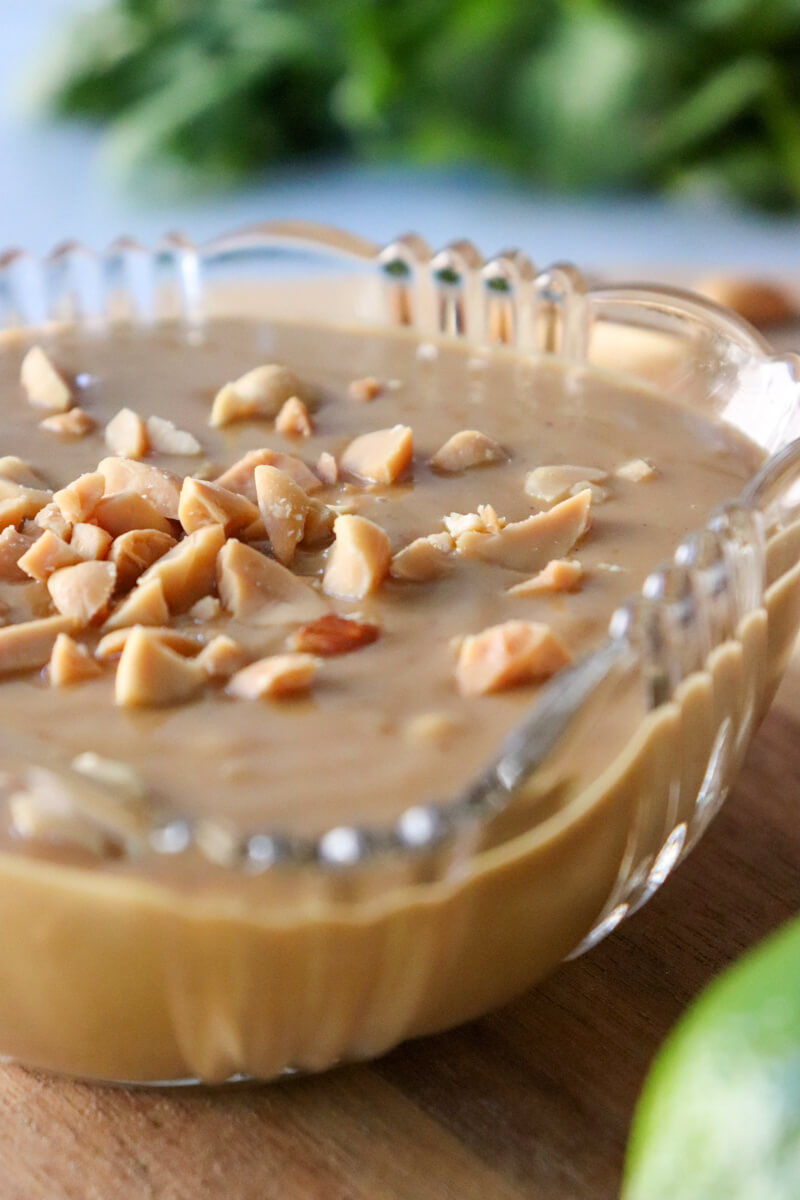
A Quick History & Thai Cultural Flavor
Here's a fun tidbit: peanut sauce didn't actually originate in Thailand. It's most closely tied to Indonesia, where it's served with satay skewers and called sambal kacang or satay sauce. When the idea traveled to Thailand, local cooks added their own twist: bright lime juice, garlic, chili, and fresh herbs, transforming it into the Thai-style peanut sauce most of us know and love today.
What makes Thai peanut sauce so crave-worthy? Thai cuisine is all about balance. Every dish aims for harmony among sweet, salty, sour, and spicy flavors. A squeeze of lime for sour, coconut aminos or soy for salty, a little sweetener for balance, and chili for heat, that's the magic formula. It's why peanut sauce works equally well as a dip for satay, a drizzle over noodles, or a dressing for fresh salads.
And now? You don't need a plane ticket to Bangkok (or my old Vietnamese restaurant order) to enjoy it. Let's make a batch right at home.

The Low Carb Makeover
Why make peanut sauce at home when you can buy it? Two words: sugar overload. Most store-bought sauces have corn syrup, starches, or other fillers. Many recipes also use white sugar, which increases the carb content, but this recipe avoids it to keep things low carb. Delicious, sure, but not so great if you're watching carbs.
This recipe skips the sugar while keeping the flavor. Coconut aminos bring that savory umami punch. A low carb sweetener balances the tangy lime and warm ginger. Toasted sesame oil adds that nutty richness that makes you want to put it on everything.
Result? The same creamy, nutty goodness you love, now keto-friendly, gluten-free, and sugar-free.

Ingredients (and why each matters!)
- Unsweetened Natural Peanut Butter (½ cup) - The creamy base. Go for no-sugar-added for the best low carb option (or make your own!). Chunky works if you like texture. Almond butter can also be used as a paleo-friendly or nut-free alternative for those with dietary restrictions. See my post about best low carb peanut butter options.
- Coconut Aminos (¼ cup) - Soy sauce's healthier, low carb cousin with all the umami flavor. Or you can also use Tamari.
- Rice Vinegar (2 tbsp) - Adds a smooth tang to balance richness.
- Fresh Lime Juice (2 tbsp) - Bright, zippy citrus that makes everything taste fresh and vibrant.
- Toasted Sesame Oil (1 tbsp) - A tiny amount adds huge nutty, toasty depth.
- Avocado Oil (1 tbsp) - For smooth consistency and cling.
- Low Carb Sweetener (2-3 tbsp) - Allulose, monk fruit, or erythritol for that sweet element without sugar.
- Fresh Ginger (2 tsp, grated) - Warm, zesty kick. Fresh is best!
- Garlic (2 cloves, minced) - Savory punch. Use fresh for the best flavor.
- Chili Paste or Red Pepper Flakes (1 tsp, optional) - Adds spice; adjust to your taste.
- Warm Water (¼ cup) - For thinning the sauce to the perfect consistency.
- Fresh Cilantro (2 tbsp, optional) - For garnish or mixing in. Pretty and tasty.
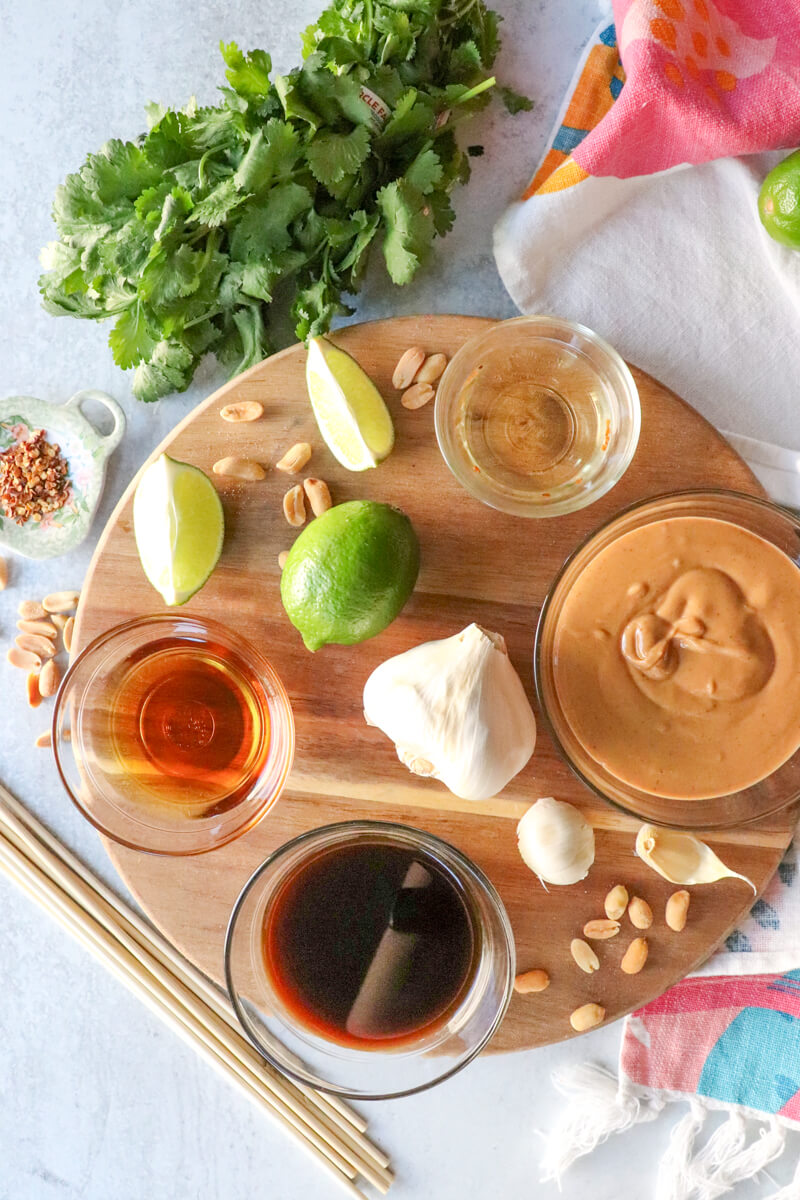
Kitchen Equipment You'll Need (and why)
- Mixing Bowl - Medium-sized to whisk without making a mess.
- Whisk - Smooths everything together like a pro.
- Measuring Cups/Spoons - For balanced flavor ratios.
- Microplane or Grater - Fresh ginger and garlic taste better freshly grated.
- Mason Jar or Airtight Container - For easy storage (and shake-to-mix convenience!).
Step-by-Step Instructions
Whisk together the peanut butter, coconut aminos, rice vinegar, and lime juice in a medium bowl. At first, they might look like they're squabbling instead of mixing, keep whisking; they'll come together into creamy harmony. If the peanut butter feels stubborn and thick, cook the peanut butter in the microwave for 10-15 seconds to loosen it up.
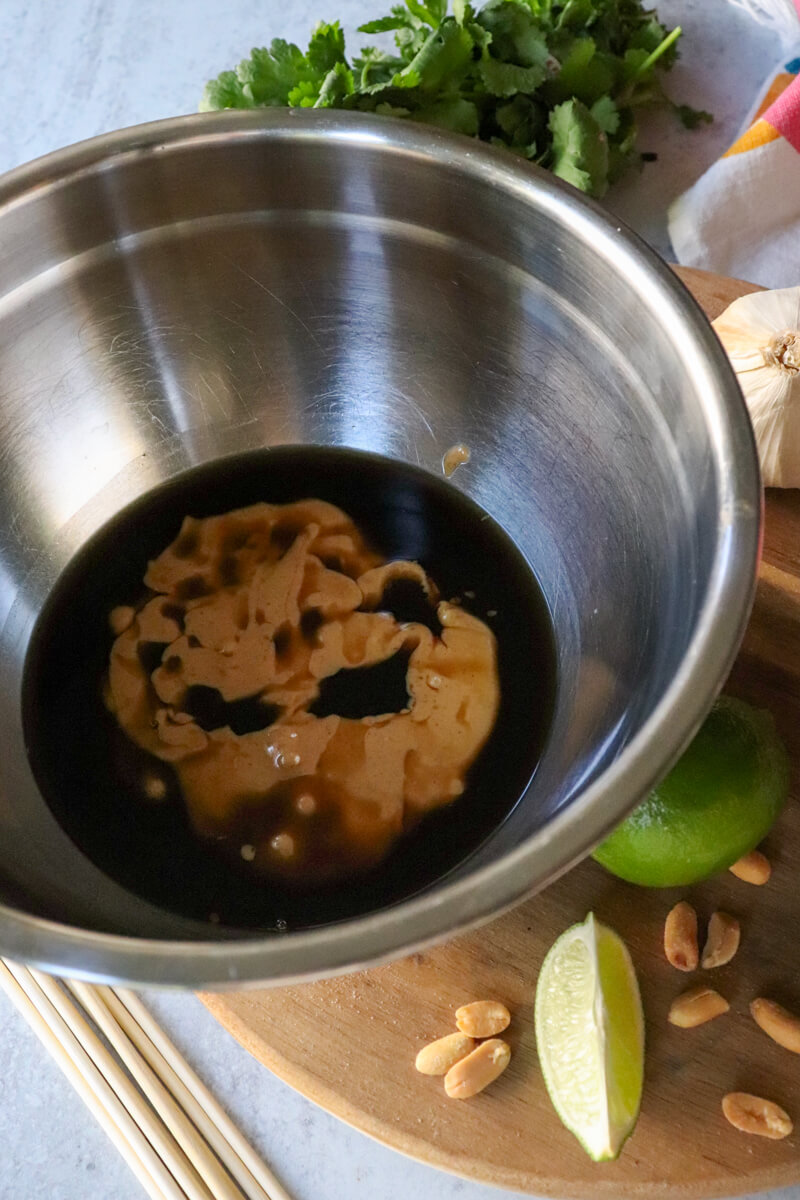
Next, stir in the flavor powerhouses: toasted sesame oil, avocado oil, sweetener, ginger, garlic, and chili paste if you want some heat. Your kitchen will smell like a Thai street food stall in the best way.
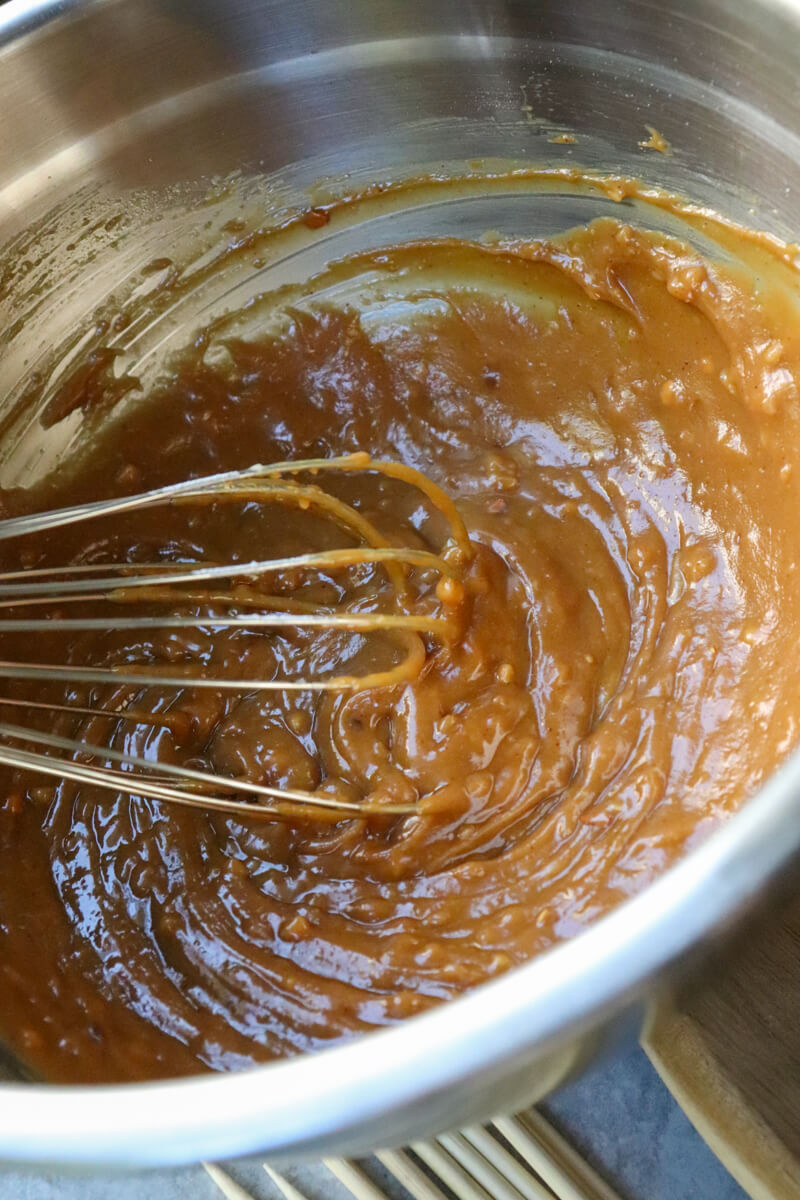
Now, thin it to perfection: whisk in warm water a tablespoon at a time until it's your ideal consistency. Want a thick dip for spring rolls? Stop early. Need a pourable dressing for a salad? Add more water or some unsweetened coconut milk until it flows like liquid gold.
Give it a taste test (chef's perk!). Add more lime for brightness, sweetener for balance, or chili for a little kick. Sprinkle cilantro over the top if you like it fresh and fancy. Dinner just got an upgrade.
No additional cooking is required beyond mixing the ingredients, making this recipe quick and easy.
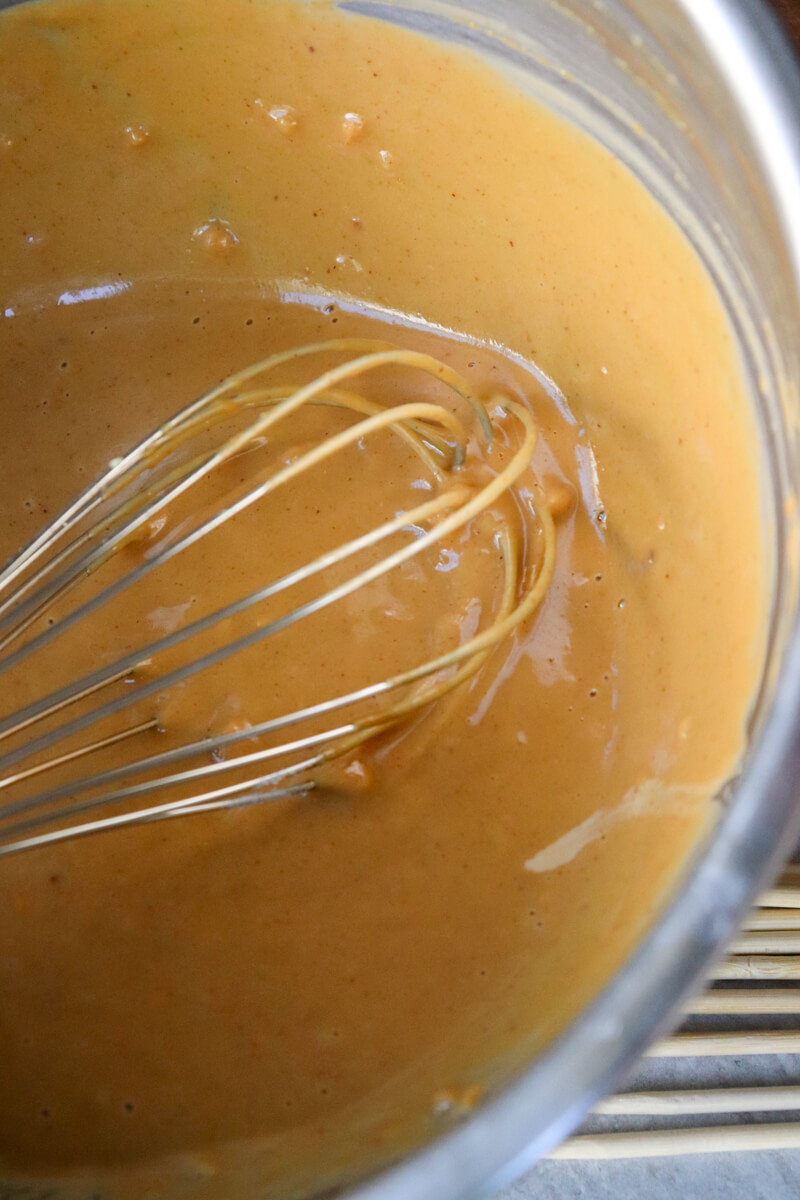
Tips and Variations for Making the Perfect Peanut Sauce
Ready to take your keto Thai peanut sauce from good to absolutely unforgettable? It all starts with the right ingredients and a few chef-approved tricks. Here's how to make your peanut sauce the star of any meal, whether you're dipping, drizzling, or dressing up your favorite dishes.
Start with the best
Choose a natural peanut butter with no added sugar for a truly low carb peanut sauce. The pure, nutty flavor of natural peanut butter is the backbone of any delicious sauce, so don't skimp here! For extra depth, reach for toasted sesame oil and a spoonful of Thai red curry paste (or you can sub ¼ teaspoon red pepper flakes), these bring that signature Thai peanut flavor and a hint of warmth.
Fresh is best
Fresh garlic, ginger, and cilantro will make your sauce pop with vibrant, complex flavors. If you love a spicy peanut sauce, toss in some extra red pepper flakes or a few slices of fresh red pepper or jalapeño. Want it extra creamy? Blend all the ingredients in a high-quality food processor or blender until silky smooth.
Perfect your texture
If your sauce is too thick, add a splash of unsweetened coconut milk or warm water until you reach your desired consistency. For a thicker dipping sauce (perfect for spring rolls or grilled chicken), use less liquid. If you're after a pourable salad dressing, thin it out a bit more.
Layer in umami
For that restaurant-worthy flavor, and for extra umami flavor, add a dash of fish sauce, you already have the fresh lime juice, and coconut aminos or tamari (to replace the soy sauce for a gluten free, keto friendly option). These ingredients add savory, tangy notes that make your low carb peanut sauce truly craveable.
Garnish like a pro
Before serving, sprinkle your sauce with chopped peanuts, sliced green onions, or a handful of fresh cilantro. Not only does this add a pop of color, but it also brings extra crunch and freshness to every bite.
Customize to your taste
Review the recipe card and adjust all the ingredients to suit your preferences: more peanut butter for richness, extra lime juice for brightness, or a pinch of brown sugar substitute for a touch of sweetness. Always check the net carbs if you're following a keto diet, and swap in coconut aminos or gluten free soy sauce to keep things low carb and gluten free.
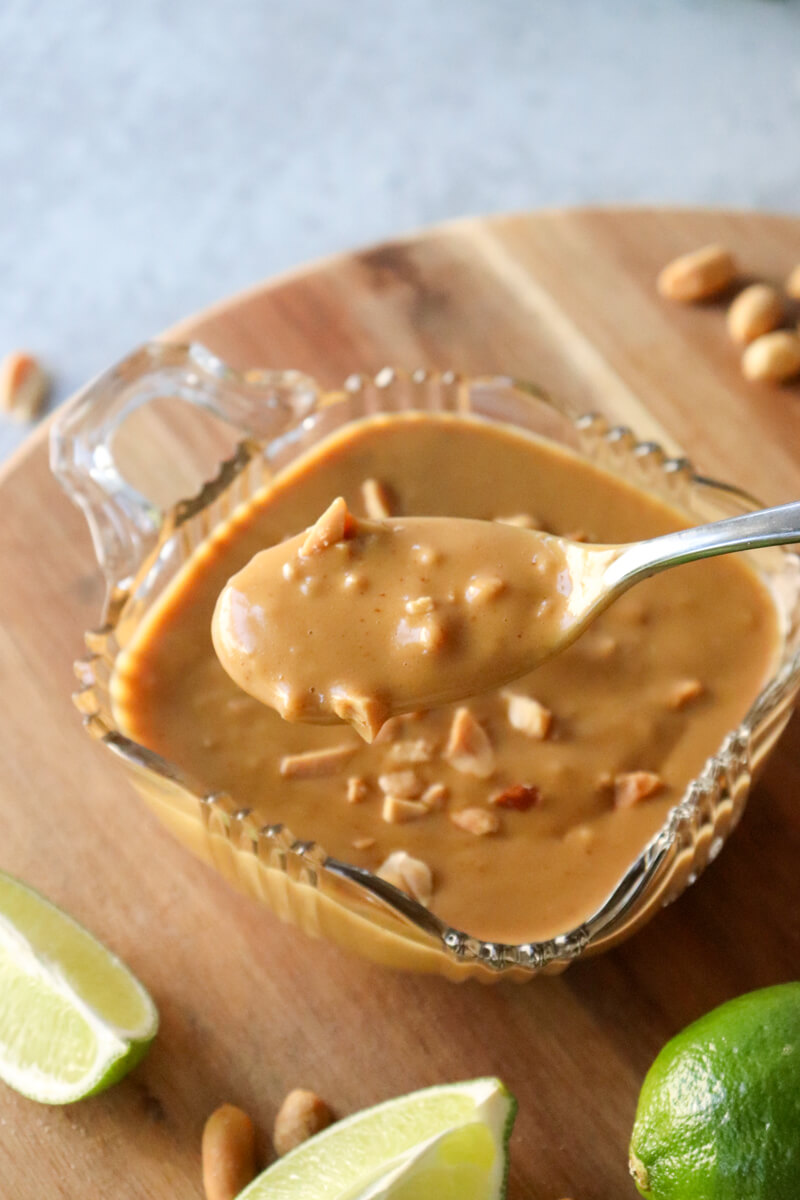
Pro tip: Experiment with different non-dairy milks, such as unsweetened coconut milk or almond milk, to adjust the flavor and texture. And if you want a bolder, more complex flavor, a little extra Thai red curry paste or a dash of fish sauce can work wonders.
With these tips, you'll have a keto peanut sauce recipe that's bursting with flavor, totally customizable, and perfect for everything from spring rolls to noodles to grilled chicken. So grab all the ingredients, fire up your blender, or whisk and bowl, and get ready to create a delicious sauce that'll have everyone asking for seconds (and the recipe!).
Serving Suggestions (How to Put This Sauce on Everything)
- Dip It - Serve as a dip with fresh veggie sticks, shrimp spring rolls, or chicken satay.
- Drizzle It - Serve drizzled over grilled chicken or roasted veggies.
- Toss It - Toss with zucchini noodles for a faux Pad Thai.
- Dress It - Thin out and serve over a crunchy cabbage salad with red cabbage for extra color and freshness.
- Marinate It - Use as a flavorful marinade for meats.
✨ Bonus: Licking the spoon counts as "quality control."
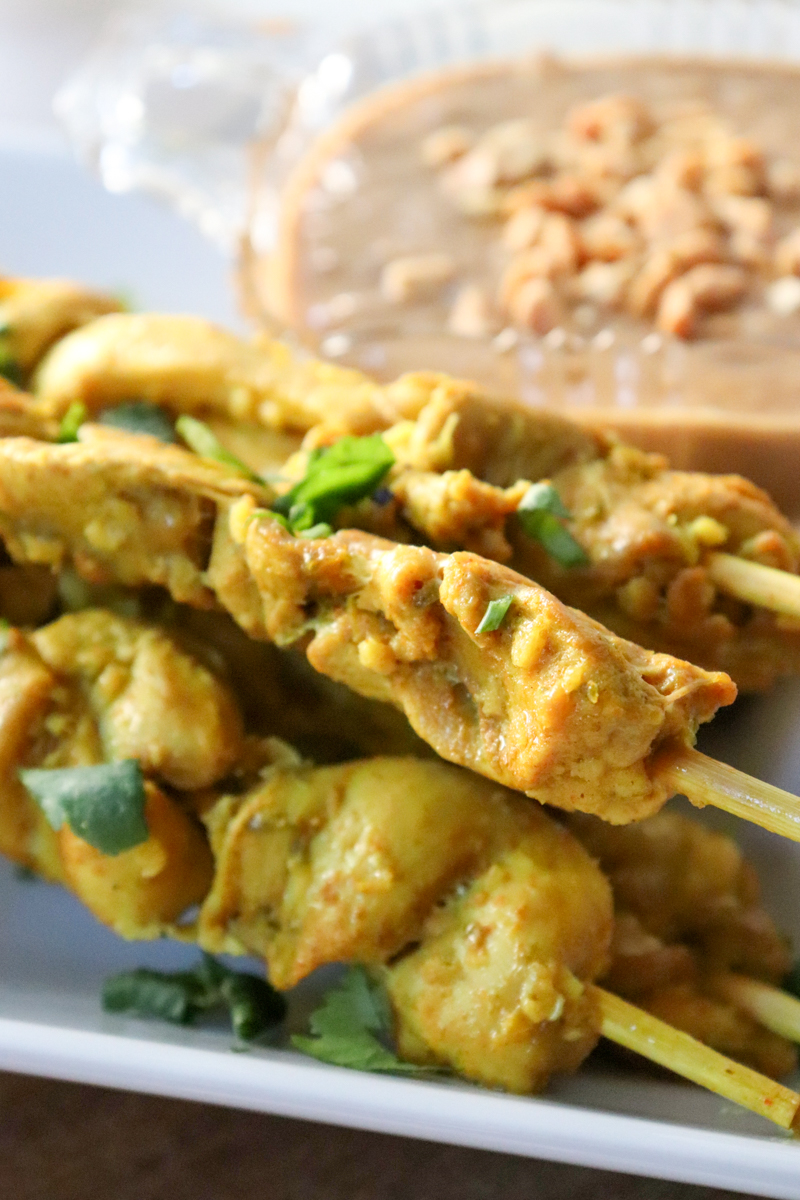
Storage & Meal Prep Tips
With a minimal prep time, this sauce is quick and easy to make, making it perfect for convenient meal prep.
Store the sauce in a sealed jar in the fridge for up to a week. It will thicken as it chills; just whisk in warm water or a squeeze of lime before using.
Make a double batch, it's perfect for meal prep: dip for veggies at lunch, drizzle on grilled chicken, toss with noodles, or use as a marinade all week long. It tastes best fresh, but you can freeze if needed. (In my house, it never lasts that long!)
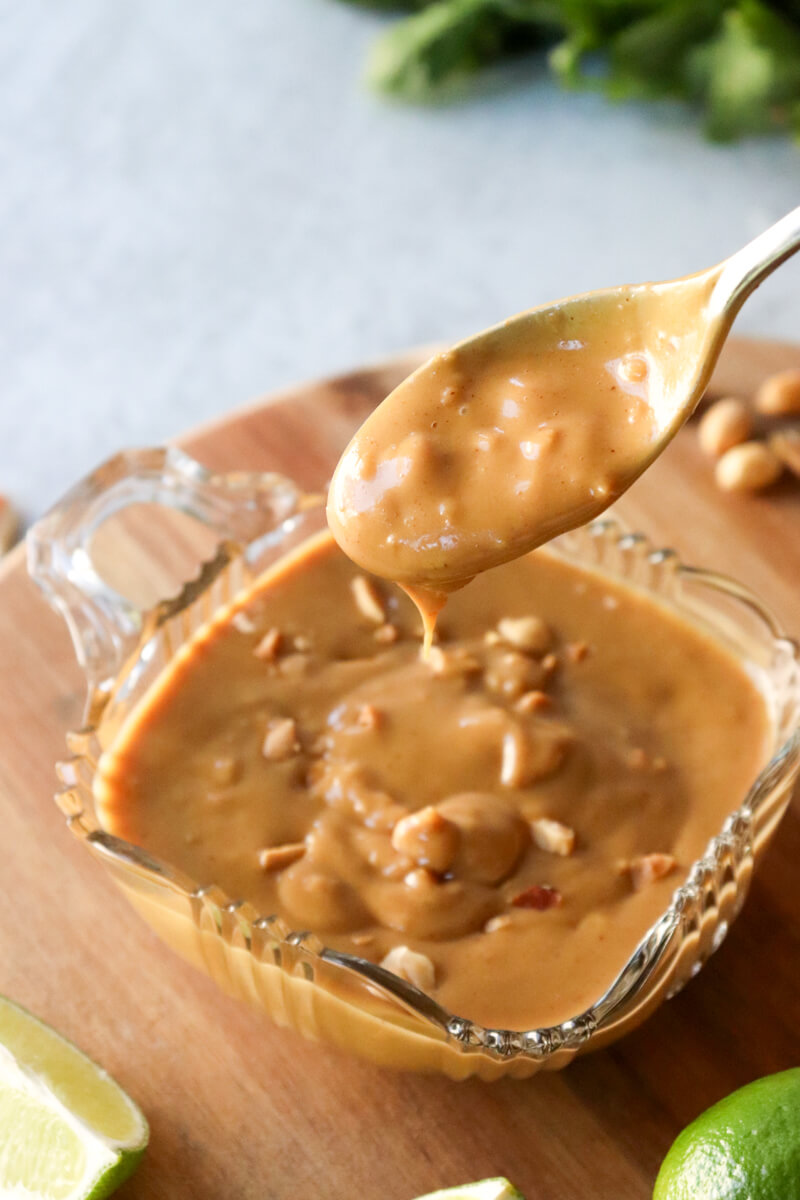
Other Suggestions & Variations
Need nut-free? Swap peanut butter for sunflower seed butter or tahini. Want more kick? Add some red pepper flakes. Want it salad-ready? Add extra warm water for a thinner consistency.
This sauce is incredibly flexible, make it your own!
For accurate nutritional tracking, especially if you are following a low carb or keto diet, it's important to pay attention to the serving size so you know exactly how many servings are in the jar and the nutritional content per serving.
Pin it for later:
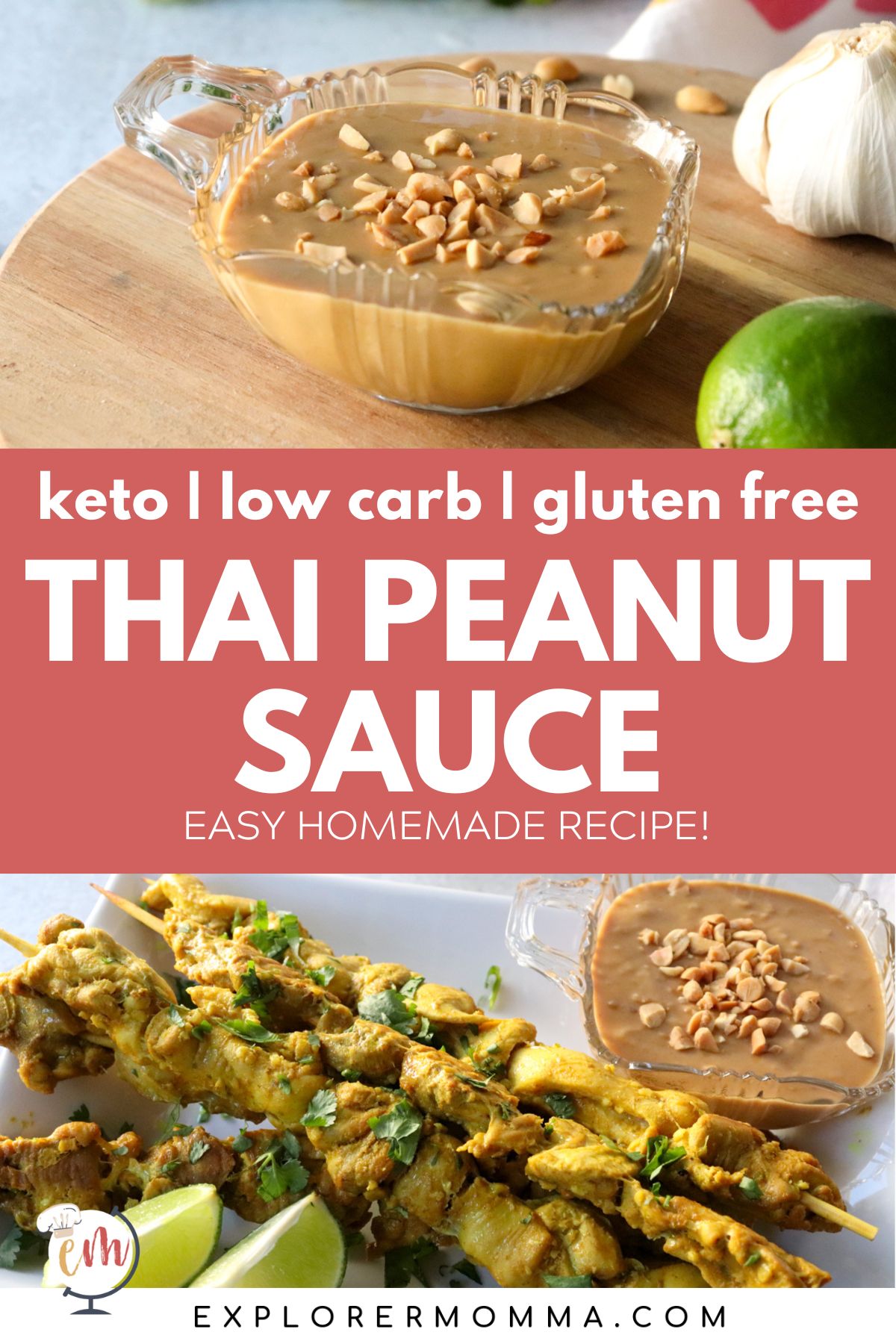
Now it's your turn!
From my Vietnamese shrimp spring roll obsession to Thai satay inspiration, peanut sauce has a permanent place in my kitchen. It's creamy, zesty, a little nutty (like me after too much coffee ☕), and ridiculously versatile.
If you whip up a batch (and I know you will), don't forget to tag me on Instagram @explorermomma. I love seeing your creations and how you make these recipes your own.
So… are you team dip, drizzle, or straight-from-the-spoon? Drop a comment below, I can't wait to hear!
More Low Carb Peanut Butter Goodies to Try
If creamy, nutty, low‑carb peanut sauce has your taste buds dancing, you're in luck, Explorer Momma has a whole peanut butter world waiting for you. Here are some of my all-time favorite peanut‑forward treats. Be sure to check the macros for each recipe to make sure they fit your dietary goals.
- Keto Peanut Butter Bark - A holiday-ready, no‑bake treat that layers sugar-free chocolate with peanut butter goodness and gets topped with crunchy salted peanuts. Perfect for gift-giving or sneaky snacking.
- Easy Keto Peanut Butter Cups - Imagine the classic chocolate-peanut butter combo, but sugar‑free and freezer-friendly. These no‑bake cups are creamy, dreamy, and kid-approved.
- Low Carb Peanut Butter Brownies - Chewy, decadent, and completely gluten- and sugar-free. These brownies are a choc‑peanut butter lover's dream, and they even pair beautifully with homemade frosting.
- Thumbprint Keto Peanut Butter Cookies - A nostalgic holiday cookie with a low‑carb spin, marked by rich peanut butter dough and a gooey chocolate thumbprint center.
- Keto Peanut Butter Chocolate Chip Cookies - Soft, almond-flour dough studded with chocolate chips and packed with peanut butter flavor, perfect for dunking. I love these cookies.
- Keto Peanut Butter Pie - A rich, creamy dessert that tastes like one giant peanut butter cup. Decadent, flavorful, and made for special occasions.
- Creamy Keto Peanut Butter Frosting - You won't believe how simple it is to whip up frosting so luscious you'll want to eat it by the spoonful, without any powdered sugar!
- Chocolate Peanut Butter Chaffles - A playful spin on breakfast: a low‑carb waffle infused with peanut butter and chocolate, great on Saturdays topped with whipped cream or peanuts.
Why These Recipes Pair Perfectly
They're all about that indulgent combo of peanut butter and chocolate, or in the case of your Thai Peanut Sauce, peanut butter meets savory. Whether you're craving sweet desserts, breakfast treats, or smooth frosting, these recipes bring that familiar, comforting flavor around the clock.
Curious to explore more? Pick one that speaks to your sweet tooth (or savory cravings) and keep your low carb peanut butter game going strong!
🌏 Did You Know?
In Thai cuisine, every dish is designed to balance four key flavors: sweet, salty, sour, and spicy. That's why peanut sauce is so irresistible-it hits all the right notes with tangy lime, savory soy (or coconut aminos!), natural sweetness, and a little chili kick. Fun fact: peanut sauce actually started in Indonesia, but Thai cooks made it their own with citrus and fresh herbs.
🖨️ Recipe Card
📖 Recipe
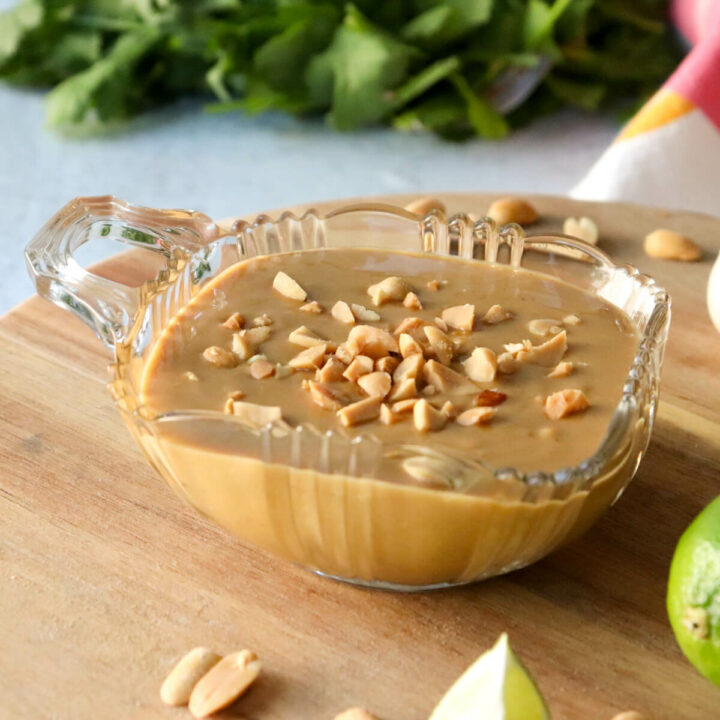
Low Carb Thai Peanut Sauce
This Low Carb Thai Peanut Sauce is creamy, zesty, and just the right amount of nutty with a hint of spice. Whip it up in minutes with simple pantry ingredients for the perfect dip, drizzle, or dressing. It’s sugar-free, keto-friendly, and guaranteed to make plain chicken or veggies taste like a five-star Thai takeout hack, minus the carbs!
Ingredients
- ½ cup unsweetened natural peanut butter (or almond butter for variation)
- ¼ cup coconut aminos (low carb soy sauce alternative)
- 2 tablespoon rice vinegar (or apple cider vinegar)
- 2 tablespoon lime juice (freshly squeezed)
- 1 tablespoon sesame oil (toasted preferred)
- 1 tablespoon avocado oil (or olive oil)
- 2–3 tablespoon low carb sweetener (allulose, monk fruit, or erythritol – adjust to taste)
- 2 teaspoon fresh grated ginger (or ½ teaspoon ground ginger)
- 2 cloves garlic, minced
- 1 teaspoon chili paste (like sambal oelek) or ½ teaspoon red pepper flakes (optional, for spice)
- ¼ cup warm water (adjust for desired consistency)
- 2 tablespoon chopped cilantro (optional, garnish)
Instructions
- Mix the base – In a medium mixing bowl, whisk together peanut butter, coconut aminos, rice vinegar, and lime juice until smooth.
- Add flavors – Stir in sesame oil, avocado oil, sweetener, ginger, garlic, and chili paste/red pepper flakes.
- Adjust consistency – Slowly whisk in warm water, 1 tablespoon at a time, until the sauce reaches your preferred thickness (thicker for dipping, thinner for drizzling).
- Taste and balance – Taste the sauce and adjust seasonings: add more lime for tang, sweetener for balance, or chili for heat.
- Serve & store – Garnish with cilantro if desired. Store leftovers in a sealed container in the fridge for up to 1 week. Stir or re-whisk before using, as it may thicken when chilled.
Notes
Recommended Products
As an Amazon Associate and member of other affiliate programs, I earn from qualifying purchases.
-
La Tourangelle, Toasted Sesame Oil, Great for Cooking, Add to Noodles, Stir-Fry, Vegetables, Vinaigrettes, and Marinades, 8.45 Fl Oz
-
Bragg Organic Coconut Aminos – 16oz, Soy-Free Alternative, Gluten-Free, Dark & Rich Flavor for Cooking – Vegan, No Salt Added, Packed with Amino Acids – Plant-Based Seasoning & Marinade
-
Thai Kitchen Red Curry Paste, 35 oz - One 35 Ounce Tub of Thai Red Curry Paste with Red Chili Pepper, Lemongrass, Thai Ginger and Spices, Perfect for Stir-Fries and Soup Bases
Nutrition Information:
Yield: 12 Serving Size: 1.3 tbspAmount Per Serving: Calories: 105Total Fat: 8gCarbohydrates: 6gNet Carbohydrates: 5gFiber: 1gProtein: 3g
*Nutrition Facts per MyFitnessPal dot com. For most accurate facts, calculate your own with the exact ingredients you use in the recipe.
If you LOVE Thai cuisine and this recipe please consider giving it a five-star rating in the review area below!
Nutrition Disclaimer
Please be aware I am not a medical specialist or nutritional professional. On this blog, I share recipes and what works for me. Please do not take anything on this blog as medical advice and always consult with your doctor before starting any diet or exercise program.
I use MyFitnessPal dot com to calculate nutrition facts as a courtesy to my readers, and I remove erythritol from the final carb count and net carb count because does not affect my own blood glucose levels.
This is as accurate as possible, but it's best to independently calculate nutritional data on your own with the specific ingredients you use. I expressly disclaim any and all liability of any kind with respect to any act or omission wholly or in part in reliance on anything contained in this website.

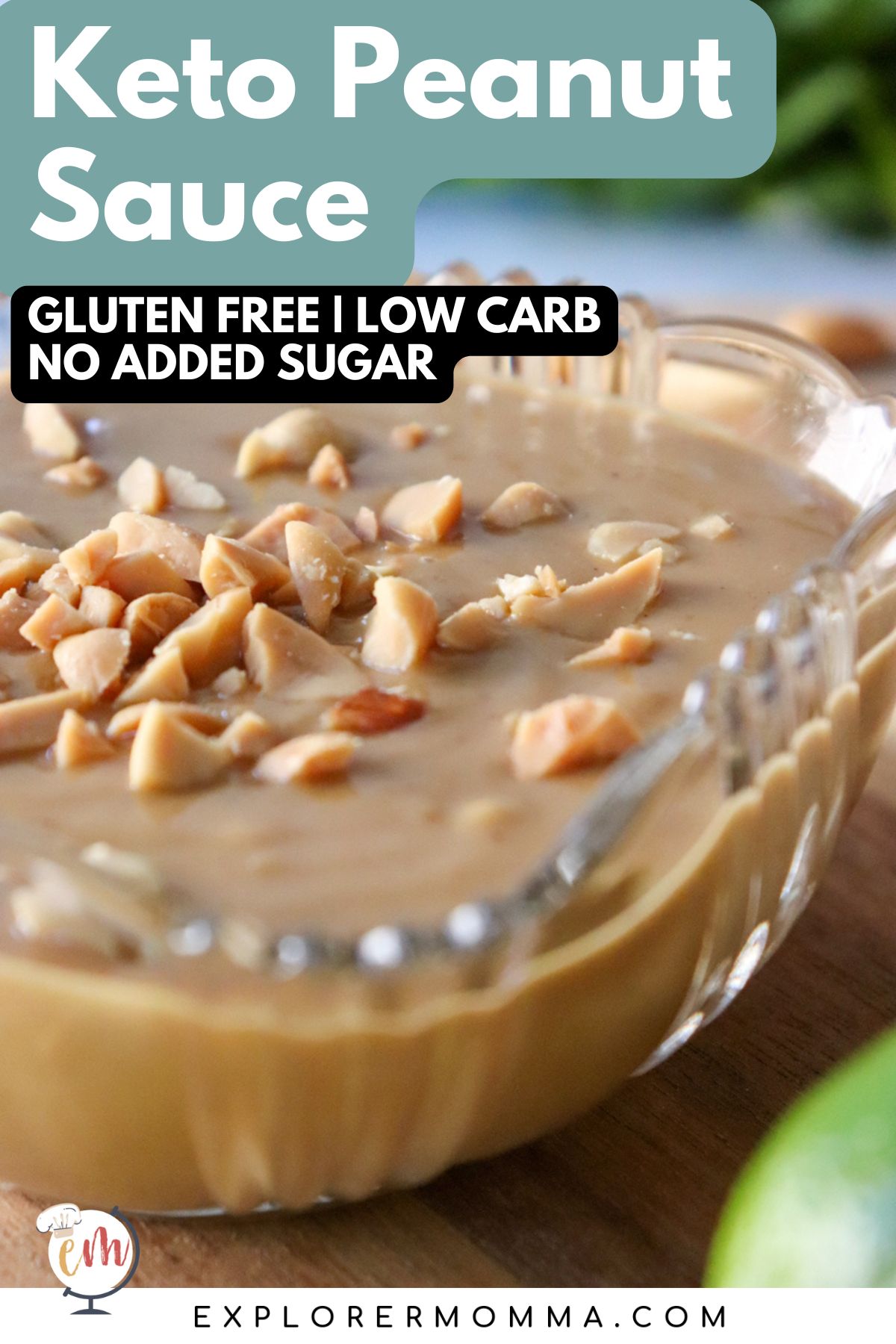
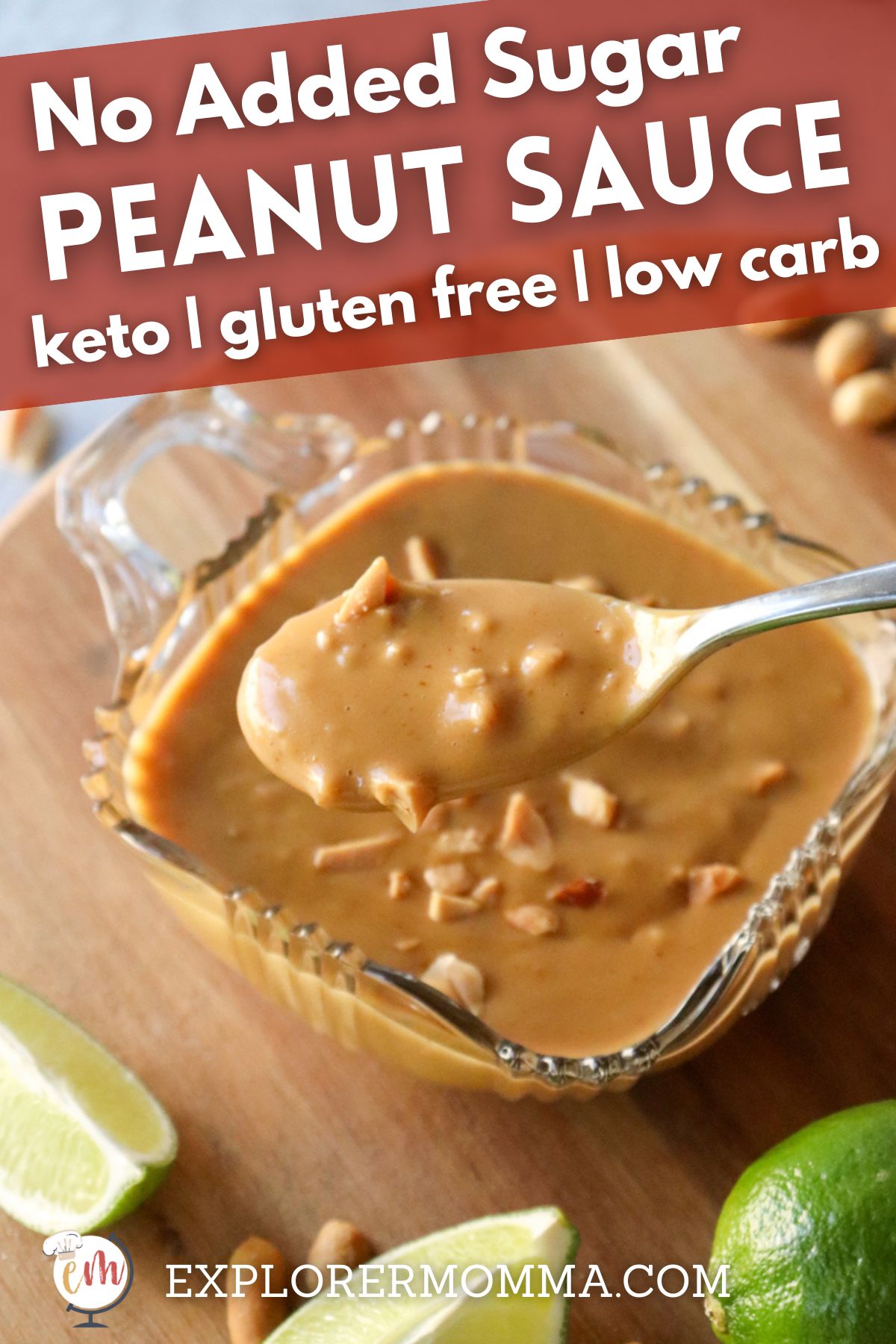



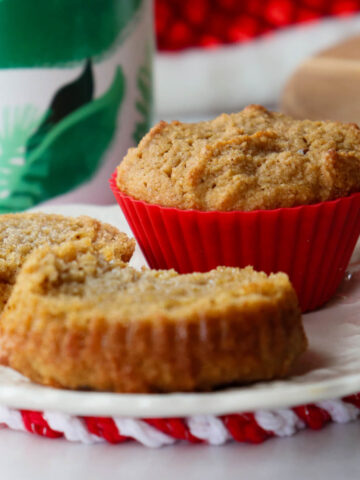
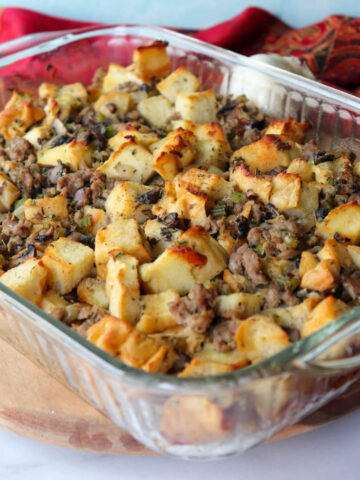
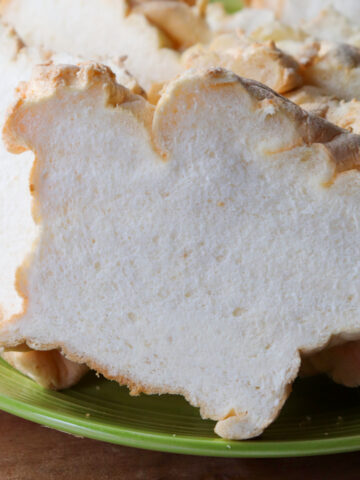
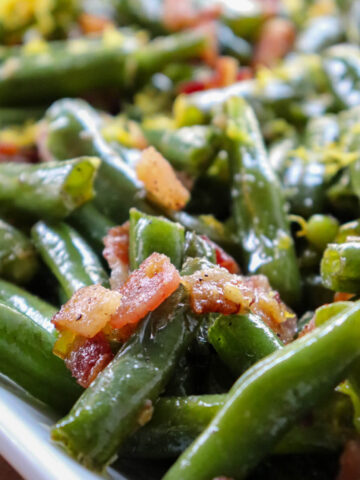
Leave a Reply